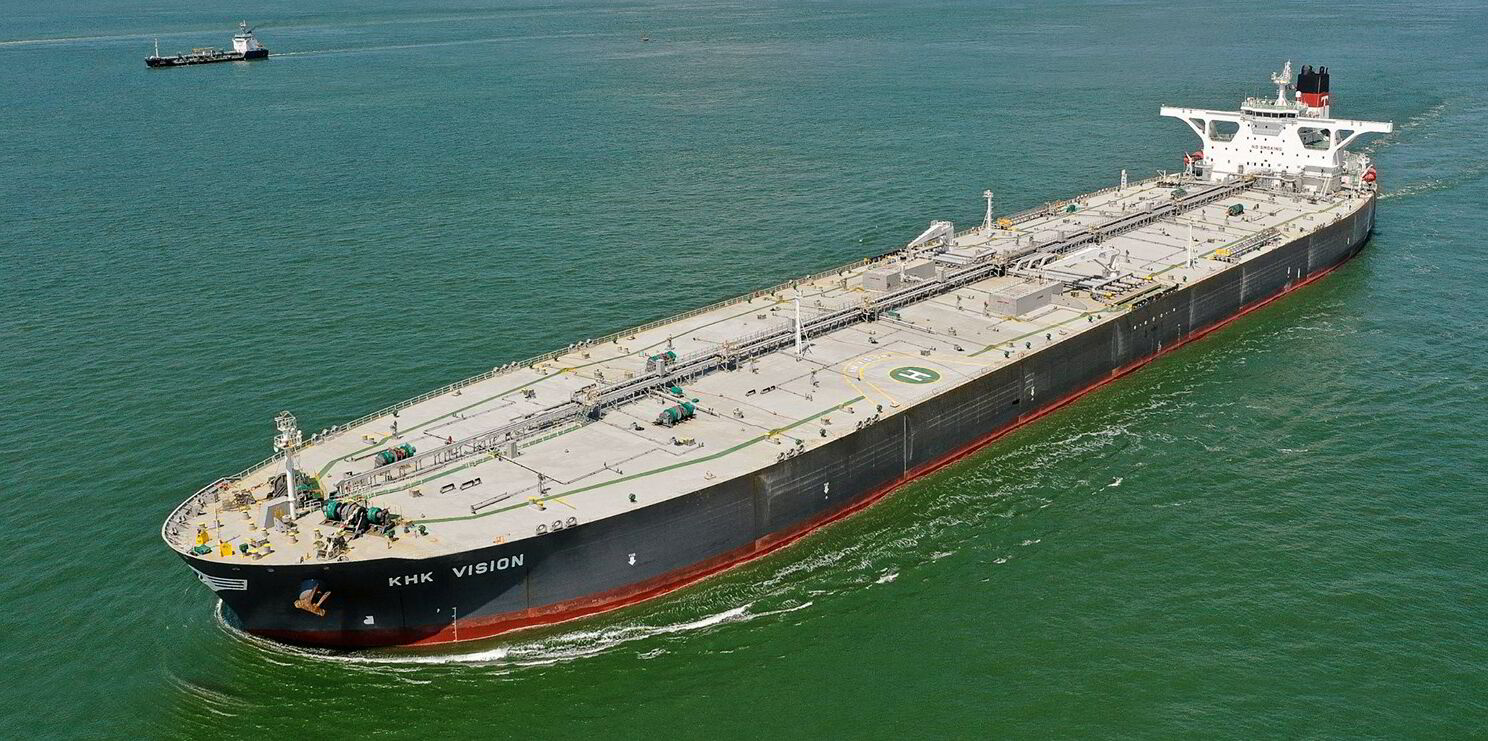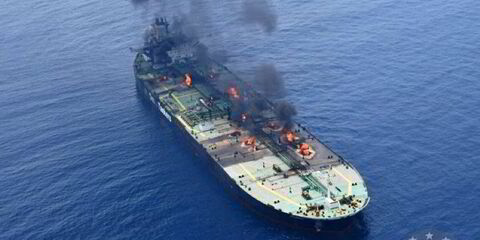Sanctions against Russia are proving ineffectual as it has spent $10bn on secondhand tankers since 2022, according to the Kyiv School of Economics (KSE).
Russia has invested heavily in building its shadow fleet, allowing its government to evade the G7+ oil price cap and bank additional export earnings to finance its war in Ukraine, according to the research team from the KSE Institute lead by Benjamin Hilgenstock, Anatoliy Kravtsev, Yuliia Pavytska and Anna Vlaysuk.
“The strategy has significantly reduced the sanctions regime’s leverage,” they said in their latest report on vessels carrying Russian oil.
The researchers calculate that almost 70% of Russian seaborne oil exports were transported by shadow tankers in recent months.
KSE classifies a vessel as part of the shadow fleet if it has no service relationships with G7+ jurisdictions and carries Russian oil.
Its researchers have previously identified about 1,000 vessels in this category.
KSE documented more than 300 tankers had carried Russian crude oil in 2023 and the first half of 2024, while more than 430 tankers had transported Russian oil products over this period.
The team said older tankers have been bought secondhand and stripped of all links to G7+ jurisdictions.
They added that over the past two years the volume of Russian oil transported by shadow tankers has risen consistently, reaching 4.1m barrels per day in June 2024.
When the $60 per barrel crude oil cap took effect in December 2022, the shadow tankers were moving only 2.2m bpd.
“At a time of prices for crude oil and discounted oil products rising significantly above their respective thresholds, the price cap does not apply to a large portion of exports — and Russia has been able to realise additional export earnings,” the researchers said.
“The build-up of the shadow fleet thus threatens the leverage of the oil sanctions regime in a fundamental way,” they added.
Hit list drawn up
In August, KSE compiled a hit list of shadow fleet tankers it said should be sanctioned for regularly trading Russian oil.
The study aimed to identify “priority” targets for future designation by the US, the European Union and the UK.
It identified a core fleet of 45 tankers, nearly all aframaxes and suezmaxes, that accounted for 28% of the total dwt involved in the trade in the first half of this year.
The core clean tanker fleet consisted of 41 ships, largely MRs and handysizes, KSE said.




